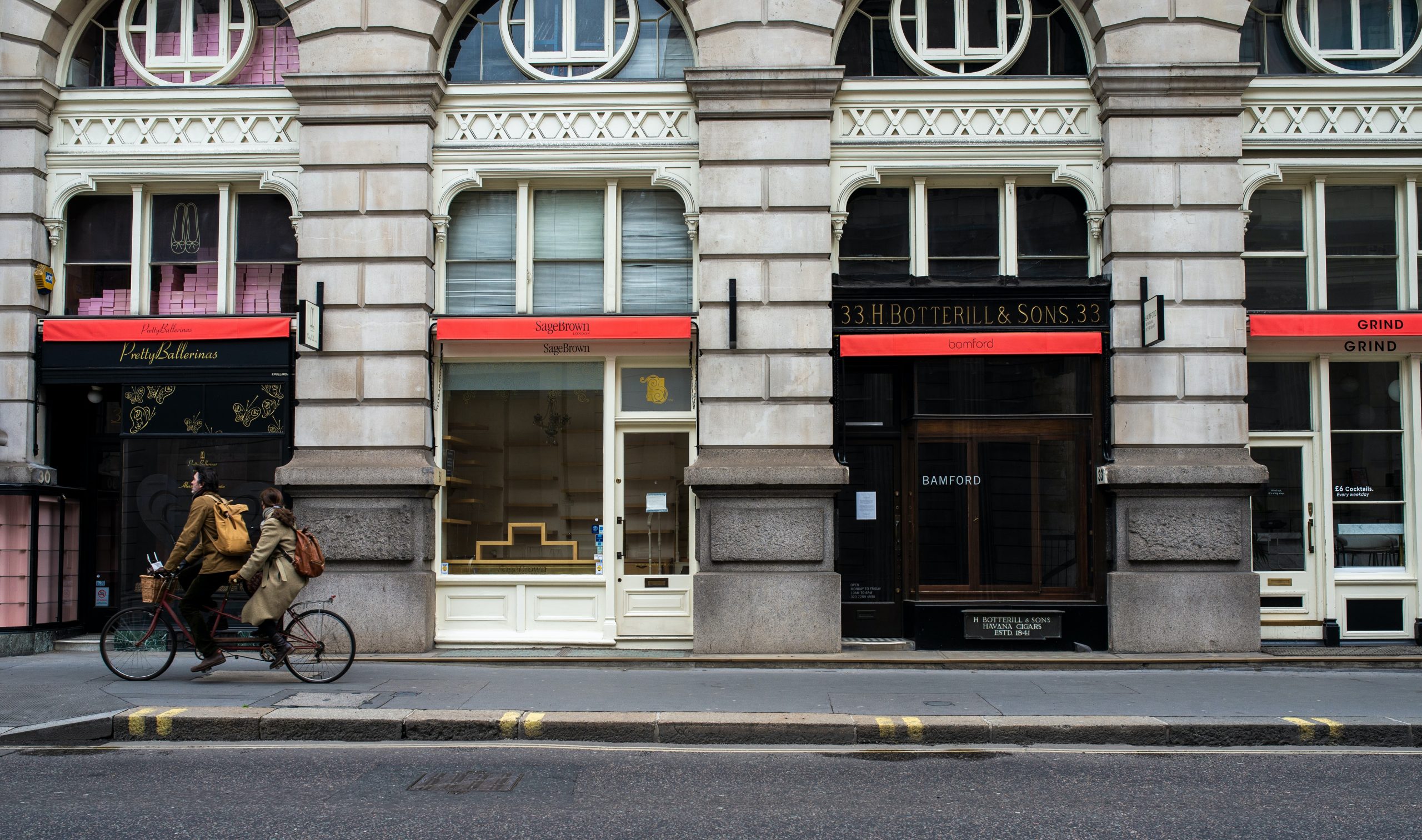
This question has been cropping up a lot more frequently, with many finding the future of our high streets uncertain. With many ‘big names’ in the retail world struggling to stay open, many are left wondering if commercial to residential conversions are the investment and injection of capital that the high street needs.
Unfortunately, recent events have not helped the situation surrounding our high streets; the coronavirus pandemic has caused long-periods of lockdown. Many non-essential shops and businesses have suffered from the significant drop in footfall.
Most have had no choice with little or no business but to pull down their shutters for the last time. The high streets were already suffering from increasing rental rates and an increase in those of us choosing to shop online, but the COVID-19 outbreak has exacerbated the situation.
There have been some surprises within the fallout too. Philip Green’s Arcadia Group fell into administration and the retail giant Debenhams, founded in 1813, are set to close their stores (BBC News). Even John Lewis has decided to branch out from retail to secure a stable income. John Lewis has chosen to enter the Build-to-Rent market, developing and furnishing private rental properties to ensure their brand’s future.
With many respected names struggling to survive and more and more shop fronts emptying, the high street is desperate for alternative uses for its premises.
The government launched a surprise discussion into the general permitted development order at the start of December. The consultation included a proposal from the Ministry of Housing, Communities and Local Government (MHCLG) for a new permitted right to allow buildings to change use from Commercial, Business and Service (Class E) to Residential (GOV.uk; Property Investor Today).
The discussion was brought about with the sole intention to support housing delivery, economic recovery, and public service infrastructure. The hope is that unused high street premises can be converted into much needed new homes, and this new permitted right would support the public service infrastructure through the planning system. By simplifying the approach to existing permitted development rights, changing the Use Classes Order, more property investors and developers would be encouraged to take on a commercial to residential project.
Moreover, if the permitted development rights are updated, certain changes of use can be carried out without an application for planning permission. Therefore, the process is streamlined and vastly simplified for investors and developers. Additionally, if these changes were introduced, the residential conversion rights would suddenly be much broader. Offices, retail and light industrial buildings would classify, as well as restaurants, gyms, medical facilities, and creches.
These changes have been described as the ‘potentially most radical’ updates proposed by the MHCLG by planning experts; this is because, despite the changes being considered in relation to the high streets, the updates will apply to all Class E buildings that were in use on 1st September 2020. There are still some exceptions, such as listed buildings, safety hazard areas, World Heritage sites, National Parks, etc.
If these changes go ahead, many commercial landlords will be tempted to renovate their vacant commercial units to residential properties in order to guarantee an income. It is believed the future of our high streets will become, for the most part, residential.

